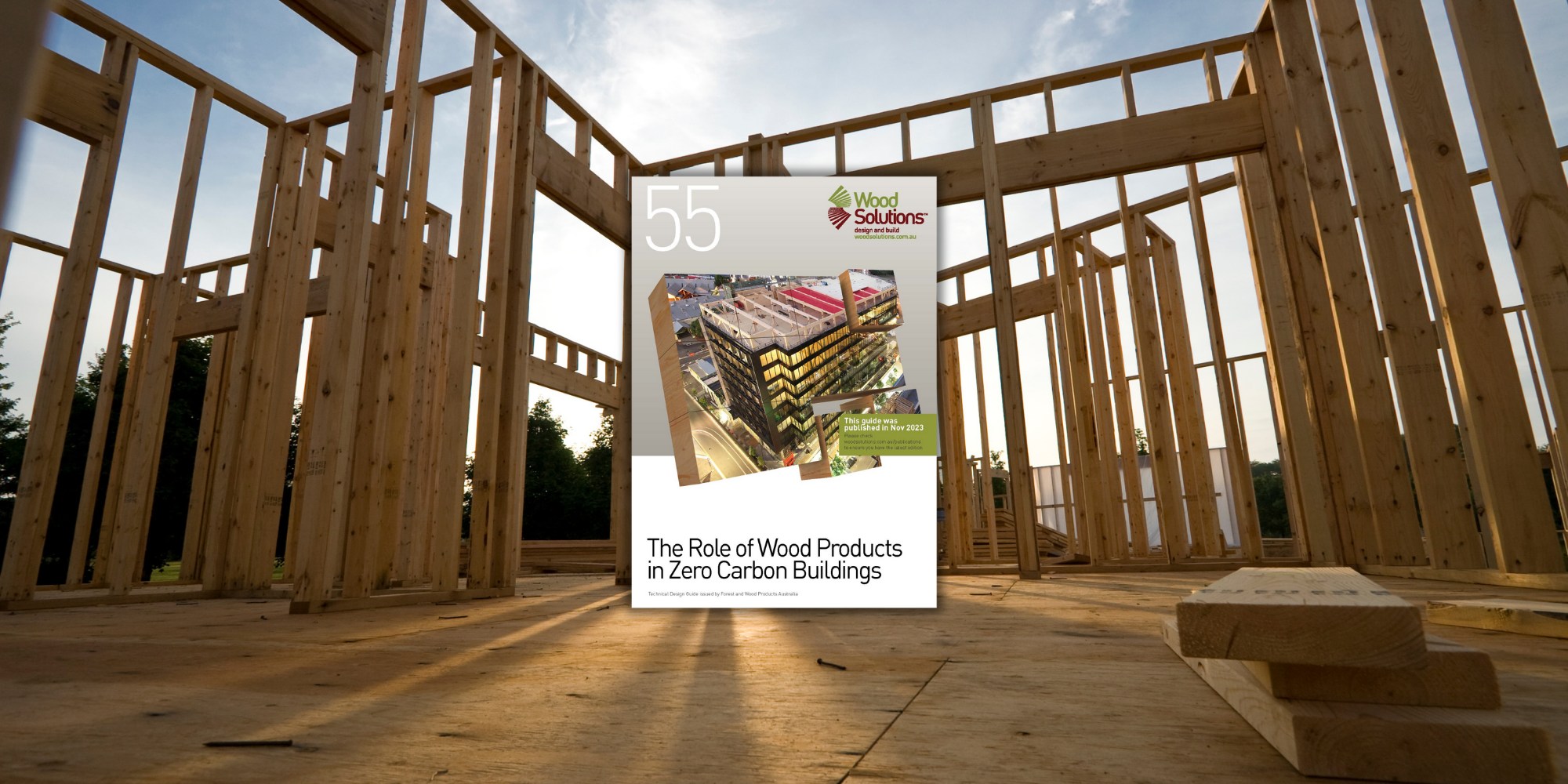In a world where reducing waste, emissions and resource extraction is critical, timber provides a pathway to design and construct buildings that are more sustainable, regenerative and future-ready.
This page explores how timber contributes to the circular economy across its lifecycle — from forest to frame, and beyond.
What is the circular economy?
The circular economy is a model that aims to design out waste and pollution, keep materials in use for as long as possible, and regenerate natural systems. Unlike the traditional “take-make-dispose” model, a circular economy minimises environmental impact by closing the loop — through strategies like reuse, recycling, refurbishment and sustainable sourcing.
For the construction industry, this means designing buildings and choosing materials that:
- Are responsibly sourced
- Can be reused or repurposed
- Are low in embodied carbon
- Support a long service life with minimal waste
Why timber supports a circular economy?
Timber aligns naturally with circular economy goals. As a renewable and biodegradable material, it offers benefits at every stage of the building lifecycle:
Sustainably sourced
- Timber is grown in renewable plantation and native forests under strict sustainability frameworks.
- Australia’s forestry industry operates under environmental regulations and third-party certifications (like FSC® and Responsible Wood) ensuring long-term forest health and continuous regeneration.
- Using wood encourages forest stewardship and helps maintain carbon-sequestering ecosystems.
Timber is one of the few building materials that can be grown, regrown and reused — in a regenerative cycle.
Low-carbon and efficient to manufacture
- Timber requires less energy to process than steel, concrete, or aluminium.
- It stores carbon throughout its life, helping reduce a building’s overall embodied carbon footprint.
- Prefabricated timber systems reduce offcuts and construction waste on site.
Learn more: Embodied carbon in timber products.
Reused, recycled, and reclaimed
- Timber components like beams, joists, and cladding can be reused in new builds or repurposed in furniture, landscaping, and joinery.
- Offcuts and recovered timber can be turned into engineered wood products (e.g. particleboard, LVL). <<link to wood products>>
- At end-of-life, timber products can be recycled, combusted for bioenergy, or safely disposed of — often with low impact.
According to FWPA research, wood in landfill decomposes slowly, retaining over 98% of its stored carbon for decades.
Designing timber buildings for circularity
Incorporating timber into circular construction doesn’t just happen by chance — it’s supported by smart design strategies, such as:
- Design for Disassembly: Use mechanical fasteners and modular systems so timber components can be removed and reused at end-of-life.
- Offsite Prefabrication: Reduces material waste, improves efficiency and supports clean construction methods.
- Use of Recycled Timber: Salvaged timber can be incorporated into new builds with character and sustainability value.
- Flexible, Long-Life Structures: Timber buildings can be adapted over time, extending their useful life and reducing the need for demolition.
Mass timber systems like CLT and glulam are well suited to modular construction and circularity goals.
Timber and whole-of-life value
Timber buildings that consider the full lifecycle — from sourcing to reuse — deliver long-term environmental and economic value.
By choosing wood:
- You store carbon in the built environment
- You reduce demand for finite materials
- You enable future reuse and lower demolition waste
- You support a circular and sustainable construction system
For industry professionals seeking to meet ESG targets, reduce lifecycle emissions, or align with circular design frameworks like Green Star or NABERS, timber is a clear strategic material choice.


